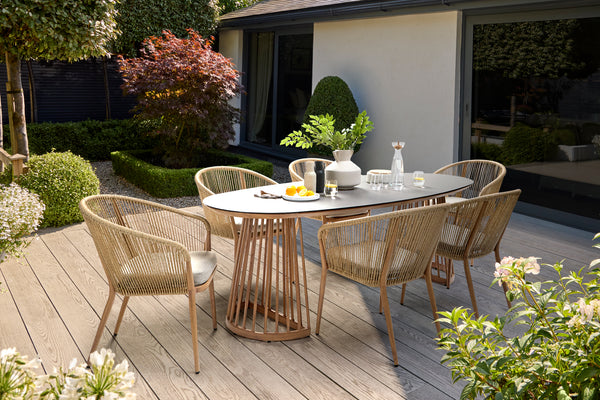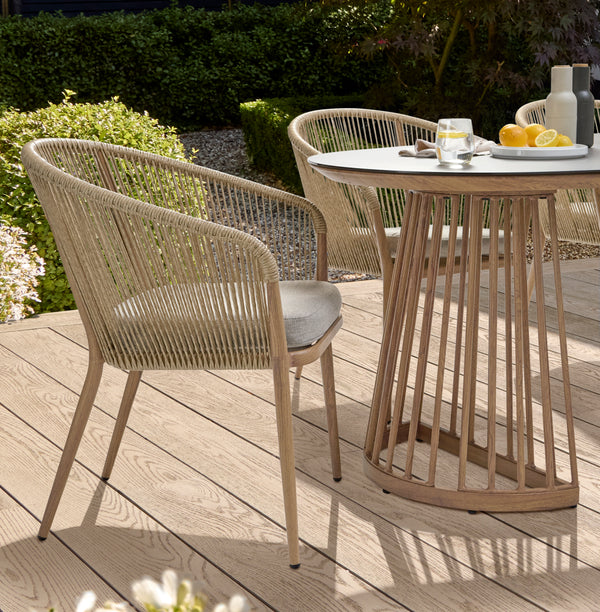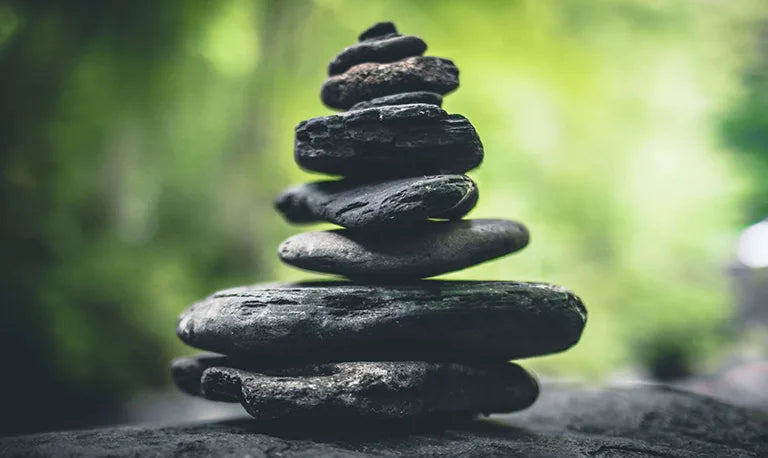
Outdoor Feng Shui: Creating a Harmonious Garden Arrangement
Dating back to Ancient China, the concept of feng shui continues to fascinate people today. Not only relevant for interior spaces, feng shui for gardens can also be used to create a harmonious and balanced outside arrangement.
We’ll discuss the importance of the five elements (wood, fire, earth, metal, and water) and how they can be incorporated into your garden design. We’ll also cover the principles of yin and yang and how they relate to the layout and placement of garden features.
Finally, we’ll provide practical tips for creating a feng shui garden, including choosing appropriate plants, using garden decor, and creating a natural energy flow throughout the space.
What is Feng Shui?

Translated into English as “wind water”, feng shui is defined as the “practice of orientating significant sites, buildings, and the spaces and objects between them in harmony with the flow of qi”.
‘Qi’ (pronounced ‘chi’) is considered the “dragon’s breath” in Chinese culture and thought to be the pivotal energy of the universe that brings life. In other words, qi can affect and enhance our mental, spiritual, or physical state.
Belonging to the Taoist school of philosophy, the related concepts of yin and yang are thought to be opposite forces or energies that must be balanced. These forces should work in perfect harmony, as represented by the black and white yin and yang symbol.
Overall, feng shui is the method of bringing balance between the yin and the yang.
The Colours of Feng Shui
To encourage this harmony, colour can be used as a simple-to-use ‘tool’. Designing with this aspect of landscaping, the aim is to create a simplistic and calming scheme both visually and in terms of qi.
Gardening feng shui is also known as ‘five element colour theory’ within this concept and forms an essential part of garden feng shui principles. Each element has an associated colour that can inspire your garden design.
Water (Black or Dark Navy)

Anyone looking for quietness can harness this element by growing black fruit such as blueberry or blackberry plants. You can also stimulate the senses and employ good feng shui techniques by adding a water feature.
This will also introduce a lovely sound whilst giving everyone a focal point to gaze at whilst spending time in the garden.
Earth (Yellow)

Not only bringing some much loved ‘sunshine’ into the garden, but this colour is also thought to bring grounding energy.
Helping to offset the hustle and bustle of everyday life, planting schemes such as sunflowers, pansies, and other yellow varieties, can help you get back to you. Yellow cleanses your energy and helps you reset after spending the day away from your garden.
Fire (Red)

Many of the finest oriental gardens feature flame red acers and shrubs. These varieties symbolise kindness and warm hospitality, so are perfect for those who like to entertain. Maples and red container flowers give a visual warmth that can offset the dominant greenery and are thought to balance energy.
Teaming these additions with a Fire Pit Table means you can enjoy socialising with family and friends throughout the year.
Wood (Green)

Most gardens will have an abundance of green. From bushes and trees to the leaves seen on flowers, green shades symbolise life and growth. If you happen to have a paved or decked garden, free of lawn, adding large planters and containers full of greenery and small trees can help to balance this energy.
Metal (White)

In feng shui, metal is considered to carry a clear energy that strengthens the family. It can be created by planting white flowers including geraniums or roses.
Likewise, why not bring in some metal-framed Palma LED Candle Lights (pictured) to illuminate family evenings spent outside? Both of these methods help to introduce the element of metal into an outside space.
Don’t worry if including all of these aspects seems overwhelming. Thankfully, feng shui for gardens doesn’t need to include all five colours to bring about harmony.
Yin and Yang Layouts
A garden feng shui layout will tell you where these features would be best placed to balance yin and yang energies. Many professionals use a ‘bagua’ tool to design a harmonious garden arrangement. You simply align your garden features according to its eight symbols. Each relates to a different area of your life such as career, creativity and money.
Using a feng shui bagua (or energy grid) when designing your garden helps to strengthen these aspects of your life. Start by locating the primary entrance to your garden for a more balanced design.
Also, it’s wise to introduce softer yin aspects (feminine energy) like plants and grasses alongside the yang (masculine energy) of concrete, stones or ornaments. Equally, balancing low moss and ground plants (yin) beside tall varieties (yang) will help you layer the feng shui even more.
Feng Shui Practical Tips
Considering your garden decor will also help you achieve balance. Simple feng shui garden ideas include painting or staining fences and trellis’ in soothing colours. Accessories such as cushion covers can also create a sense of harmony aligned with the five elements.
Feng shui also recommends statues. Those with an entire body are preferred by many, unlike some Buddha head ornaments, to promote prosperity and bring relaxing qi to observers within the garden.
Including plants can also boost a sense of harmony. People often wonder what are the lucky plants in feng shui? Bamboo is considered the most fortuitous garden plant but it’s essential to choose non-invasive species to avoid gardening overwhelm. Succulents, yuccas and spider plants are also viewed as lucky additions in an outdoor feng shui arrangement.
Shop with KETTLER for a Harmonious Garden
Following this advice helps to keep the natural flow of energy moving through your home’s outside space.
Design yours with our exceptionally high-quality garden furniture and be ready to welcome harmony into your life through gardening feng shui.
Related Articles
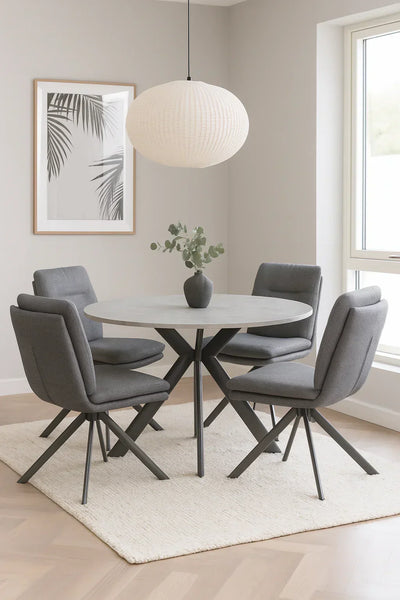 Round, Rectangular, or Square? Top Tips in Choosing the Right Indoor Dining Table Shape
Round, Rectangular, or Square? Top Tips in Choosing the Right Indoor Dining Table Shape
 How to Cope With Heatwaves: Creating Outdoor Comfort for You and Your Pets
How to Cope With Heatwaves: Creating Outdoor Comfort for You and Your Pets
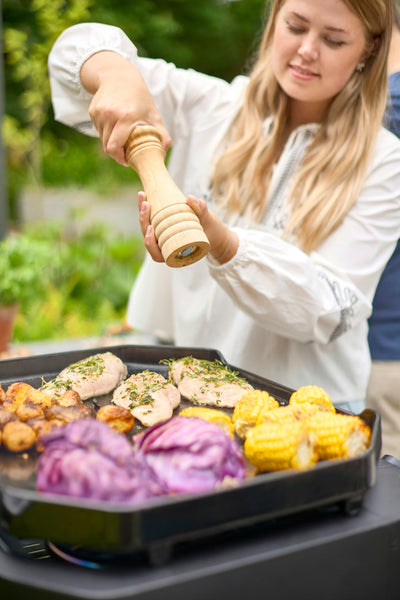 Get The Mediterranean Look For Your Garden
Get The Mediterranean Look For Your Garden
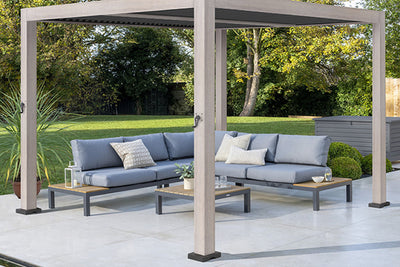 The Ultimate Guide to Pergolas: Ideas for Your Garden | Kettler
The Ultimate Guide to Pergolas: Ideas for Your Garden | Kettler
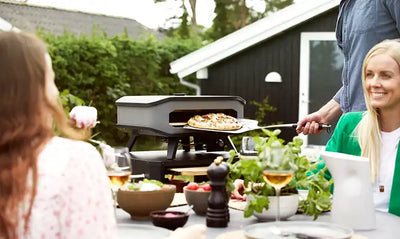 Pizza Oven Buyer's Guide: Which is Best For You?
Pizza Oven Buyer's Guide: Which is Best For You?
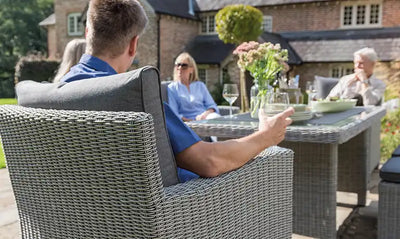 The Best Quality Rattan Garden Furniture Sets
The Best Quality Rattan Garden Furniture Sets
 What to Consider When Building an Outdoor Kitchen
What to Consider When Building an Outdoor Kitchen
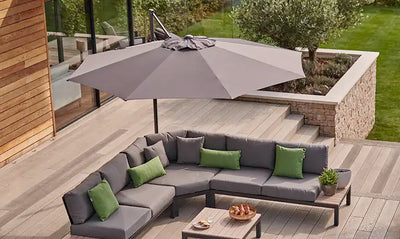 What is the Best Shape for a Garden Parasol?
What is the Best Shape for a Garden Parasol?




